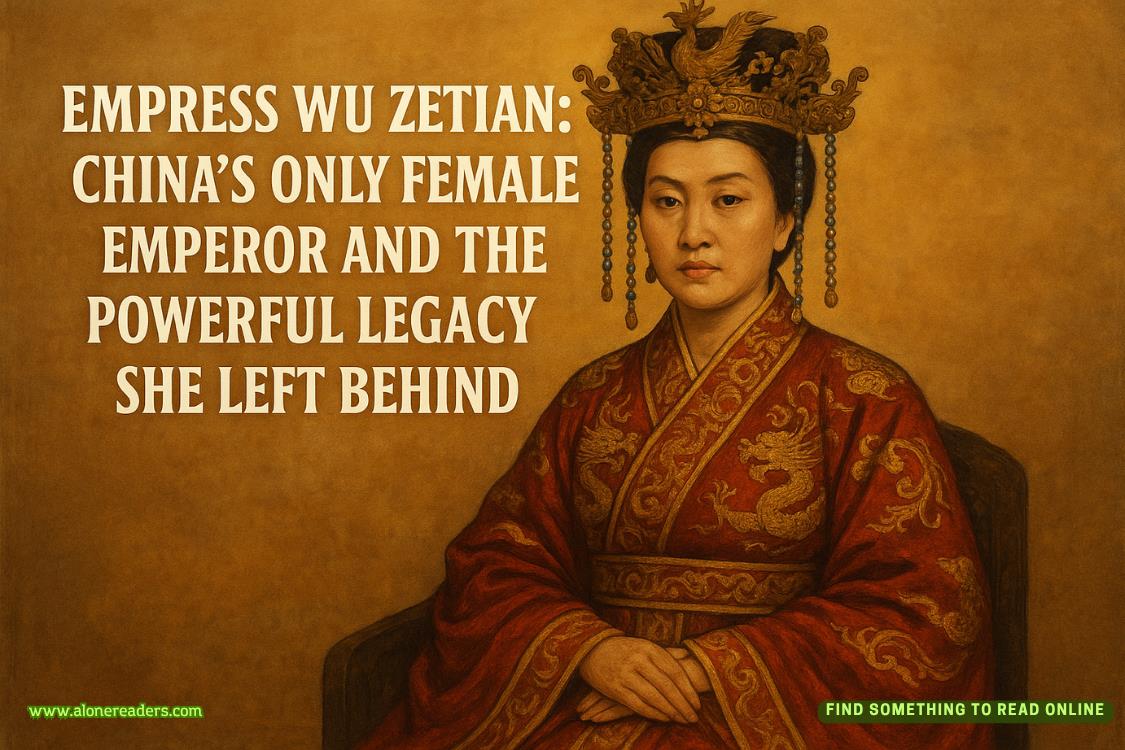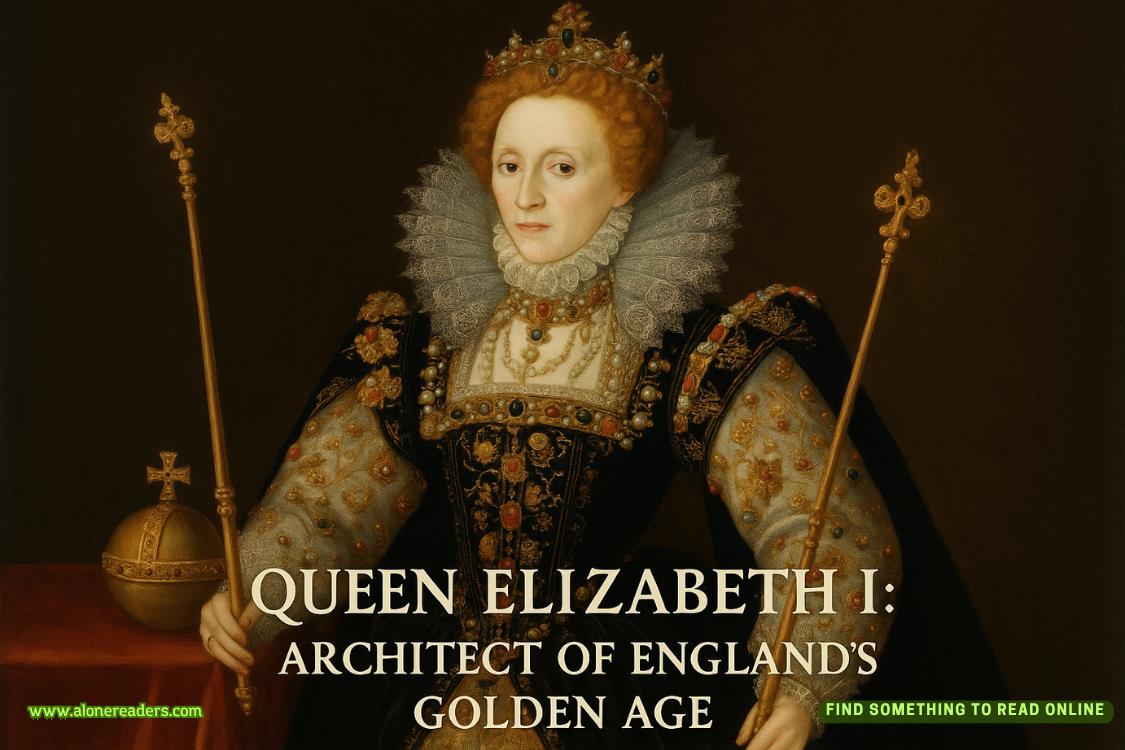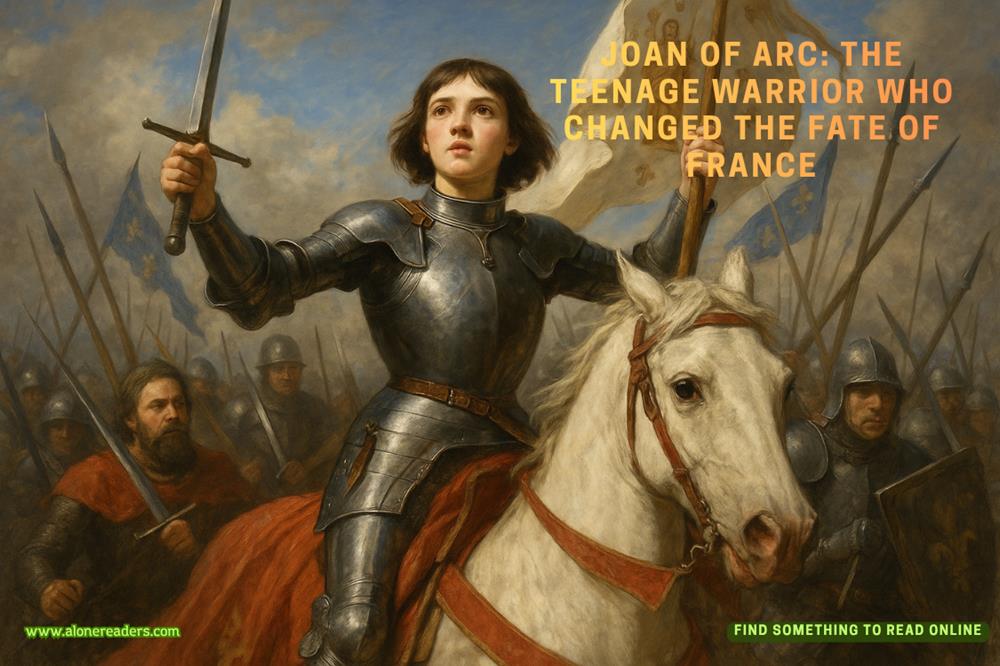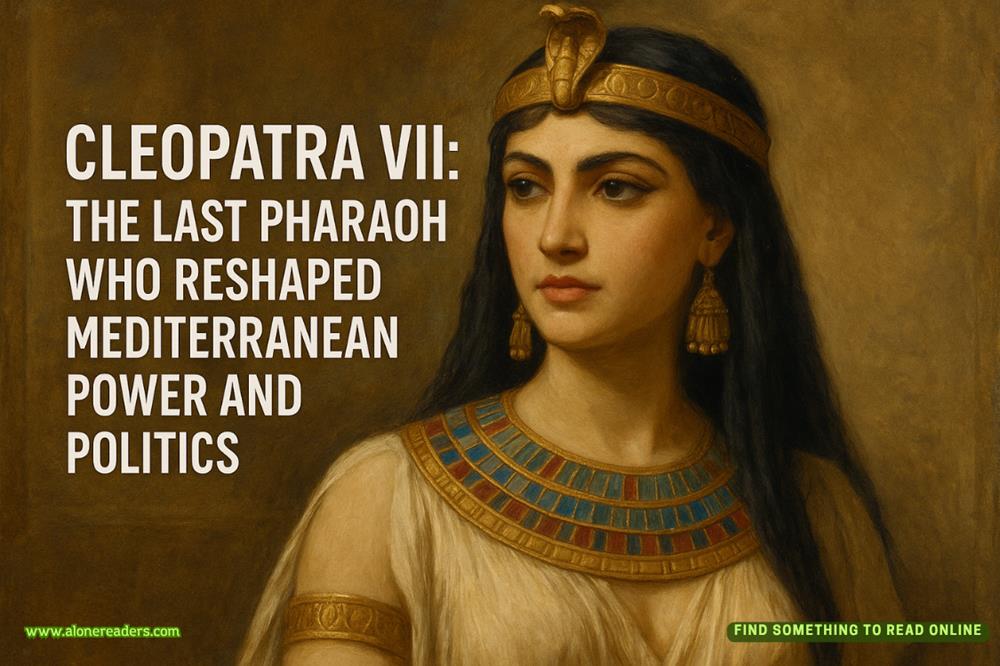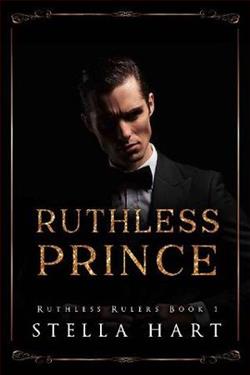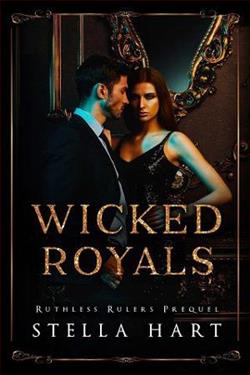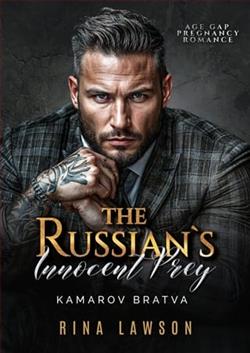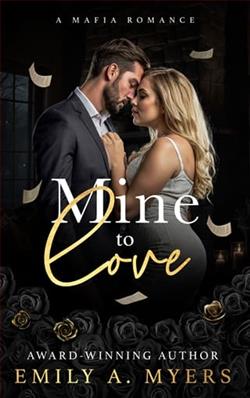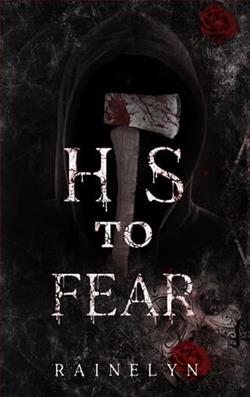Page 90 of X (Kinsey Millhone 24)
Ned Lowe was better represented, but not by much. To my surprise, I realized he owed his entire photographic presence to Shirley Ann Kastle, who seemed to be everywhere. She was one among six junior varsity cheerleaders. In the 1954 Clarion, her junior year, she posed in her saddle oxfords, white crew socks, and her flippy little skirt, holding pompoms aloft. I spotted her photograph among members of the glee club, the pep club, the home economics club, and the drama club. Nothing that required brains or academic excellence, but she was pretty. I hate to admit how much that matters when you’re sixteen years old.
That same year, she was one of six princesses at the junior prom, where she and Ned Lowe posed with Matt Mueller and Debbie Johnston, the homecoming king and queen. Ned had given Shirley Ann a wrist corsage. Shirley Ann also appeared in the high school production of Our Town, playing the part of Emily Webb, the play’s main character, if my memory was correct. This was the Friday night cast. Having a Saturday night cast as well allowed twice the number of students to participate. I noticed that in the Friday night cast, the part of Joe Stoddard, the undertaker, was played by Ned Lowe. There were three staged-looking photographs from the production itself, and Shirley Ann appeared in two. The only picture of Ned was in the group shot of the Friday night cast, second row on the left. I leaned close, but couldn’t determine much about him except that his hair was cut very short on the sides and arranged in a pompadour on top. I found a better picture of him among the juniors: a postage stamp–size black-and-white image. He was handsome in a pouty sort of way.
I wondered what I would have thought of him if I’d gone to high school with him myself. Mentally, I stepped back and studied the class officers, the representatives to Boys State, the merit scholarship winners, and the members of student council, comparing Ned’s image to those of his classmates. He struck me as technically attractive, but marginal. I was guessing he met Shirley Ann Kastle as a result of their casting in the school play. I couldn’t imagine why she’d taken up with the likes of him.
I checked the pictures of graduating seniors in the 1955 Clarion and there he was again. By then, his smile was practiced. He’d learned that setting his teeth in a certain way created the impression of a smile without his having to experience anything worth smiling about. Beside his picture in the brief few lines accorded each student, he listed his activities as glee club and pep club. Shit, everybody was in the pep club. Under Hobby, he listed “photography.” Ambition: “to be rich and successful.” Memory: “junior prom.” Song: “You’ll Never Walk Alone.” Pet Peeve: “stuck-up girls.”
There was no sign of Shirley Ann among graduating seniors. Had she died? Surely not.
I flipped back to Lenore Redfern’s photograph that same year, knowing she was a junior the year Ned graduated. What must she have thought when the semi-attractive Ned suddenly turned his phony smile on her? I turned to the 1956 Clarion, but there was no sign of her photograph among the graduating seniors.
I sat for a long time thinking about the three: Ned Lowe, Shirley Ann Kastle, and Lenore Redfern. I remembered the intensity of high school, all those hormones, like spotlights, casting events in high relief. Everything felt like forever. Love, betrayal, impossible crushes, breakups, jealousies, and yearnings. How had poor little Lenore ended up in Ned Lowe’s sights? What was the story? More important, how was I going to find out?
I did make one unexpected discovery that so startled me, I yelped aloud, thus drawing the stares of two people at an adjoining table. As I leafed through pages devoted to school activities, I spotted Ned’s photograph among members of the German club, which wasn’t interesting in and of itself. What caught my attention was an enlarged photo of the president of the organization—a fellow whose name was George Dayton.
Suddenly I understood where the fake IRS agent had come up with his alias. I’d been almost certain Ned Lowe was behind Ruth’s trumped-up audit request. It didn’t help with my current query, but at least a wee piece of the puzzle had fallen into place. I couldn’t wait to tell Ruth, who’d scoffed at my suspicions.
I closed the yearbooks and stacked them, gathered my shoulder bag and my notes, and repaired to the main desk, where the librarian was perched on a stool.
“How’d you do?”
“Not bad,” I said.
“If you don’t mind my asking, are you investigating someone in particular?”
“A guy named Ned Lowe. His wife committed suicide in 1961, and there’s a question about what went on. I thought background information would help. Would any of the teachers from the midfifties still be around?”
